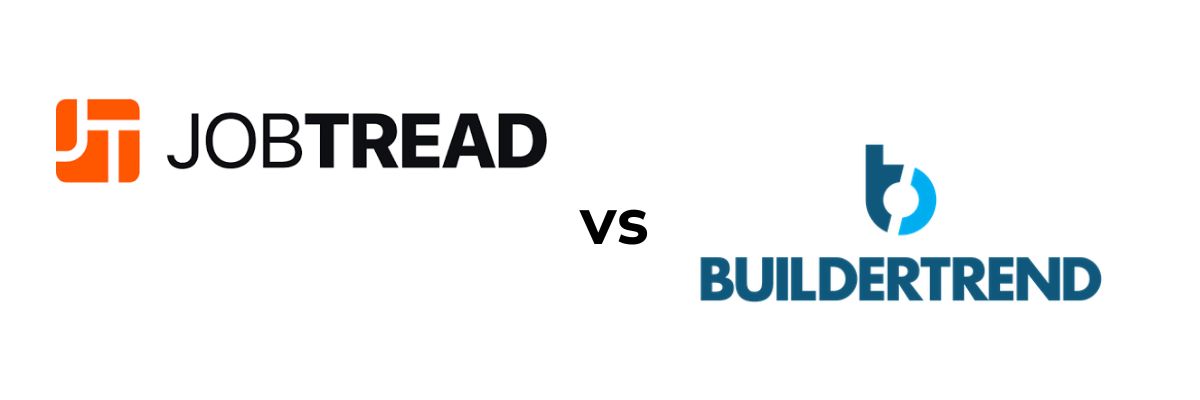The goal of SEO for construction companies is to appear on the first page of Google for relevant, high-traffic search terms that potential clients use.
More than 85% of the population searches for local contractors online. By investing in SEO, you increase your chances of being found by potential clients who are actively searching for your services.
In this article, we will discuss why SEO works for construction companies and provide an in-depth guide on how to start doing SEO for your business.
Why SEO Works For Construction Companies
As stated above, 85% of the population searches for local contractors on the internet. This involves all stages of the buying process from the initial research to deciding on which company to work with.
By creating content that answers users’ questions and genuinely helps them in their search process, you build trust with the customer and Google. This pushes up your service page rankings and allows you to dominate the search space for the keywords that drive revenue.
Keep reading to see how to set SEO into action for your own construction company.
How To Implement SEO For Your Construction Company
Implementing SEO for your construction company involves a series of strategies designed to increase your website’s visibility on search engines, helping you attract more local clients and build trust. Here’s how to get started:
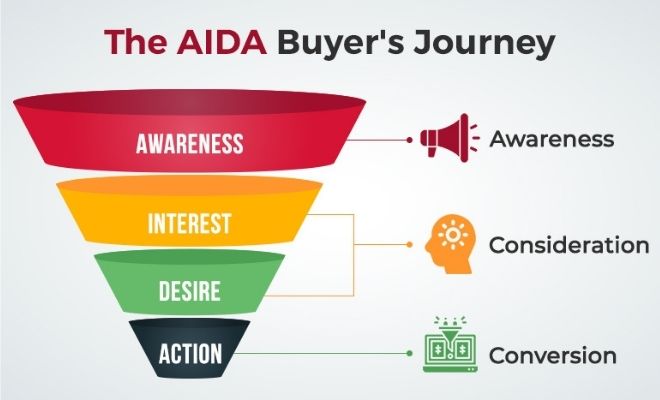
Keyword Research & Content Creation
In order to understand how to do keyword research, you first must understand what a sales funnel is.
A sales funnel for a construction company outlines the stages potential customers go through from first discovering the company to eventually hiring its services. Each stage requires specific strategies to move prospects closer to becoming clients. Here are the key parts of a typical construction company sales funnel:
A sales funnel is a visual representation of the customer journey, showing the process a potential customer goes through from first learning about a business to making a purchase. It typically consists of stages like:
- Awareness (Top Of The Funnel): The customer becomes aware of your company or product.
- Interest (Mid Funnel): They show interest by seeking more information.
- Consideration (Bottom Of The Funnel): They evaluate options, comparing your business to competitors.
- Decision: The customer decides to make a purchase.
The funnel helps businesses understand where leads are in the buying process and guides strategies to move them closer to conversion.
Top Of The Funnel Content
Top-of-the-funnel keyword research focuses on helping potential customers find answers to their questions and building trust with them early in their journey. At this stage, users are typically looking for general information rather than ready to make a purchase. An effective way to engage them is by creating “Cost Of” articles for each of your services in every area you serve. For example, for home additions, you can create an article titled “Cost of Home Additions in [City/State]” and repeat this strategy for all your services, such as roofing, kitchen remodeling, and more.
These articles serve two important purposes:
- Build a Relationship with the Customer: By providing transparent and valuable information about costs, you help potential clients understand what to expect, making them more likely to trust your company as a knowledgeable resource.
- SEO Benefits: Creating localized content like “Cost of [Service] in [City]” also signals to Google what your services are, where you offer them, and that you are an authority in your space. This not only helps you rank higher for relevant searches but also enhances your visibility in specific service areas, driving more traffic and potential leads.
By addressing cost-related concerns through well-researched and optimized articles, you’re both assisting customers and improving your SEO performance.
Mid-Funnel Content
Mid-funnel content is all about service and location pages, designed to target potential customers who are actively considering your services. For a construction or roofing company, this means building out specific service pages for every city or region you serve. For example, if you’re a roofing company that serves the state of Maryland, you should create a primary page titled “Residential Roofing in Maryland” and then build individual pages for each city you service, such as “Residential Roofing in [City], MD.”
Once these service/location pages are in place, it’s important to link your top-of-the-funnel content, like cost-related or informational articles, to your main Maryland page. This interlinking strategy connects your broader informational content with your more targeted service pages.
As these pages begin to organically generate traffic and earn backlinks, the authority they build spreads across your entire site. This improves your rankings for key terms in each city you serve, boosting your visibility throughout the state. This same SEO strategy has been successfully implemented for construction and remodeling companies like Cornerstone Remodeling, which holds first place for “Kitchen Remodeling in Maryland” and in many other major cities across the state.
By focusing on localized service pages and connecting them to your broader content, you can effectively dominate search rankings in your area and grow your customer base.
Bottom Of The Funnel Content
Bottom-of-the-funnel content is less focused on SEO and more geared towards conversion rate optimization (CRO)—convincing potential customers to choose your company over competitors once they are ready to make a decision. At this stage, prospects are seriously considering hiring your services, so the content should reassure them and address any final concerns.
Key components of bottom-of-the-funnel content include:
- Portfolio Pages: Showcase your past projects with high-quality images, descriptions, and results. This helps potential clients visualize your expertise and see examples of similar work.
- Testimonials and Reviews: Display client feedback prominently. Positive reviews and testimonials build trust and provide social proof that your company delivers quality results.
- Case Studies: Provide detailed breakdowns of completed projects, explaining the challenges you solved and the outcomes. Case studies offer an in-depth look at your capabilities and results.
- Calls to Action (CTAs): Ensure that every page includes clear, persuasive CTAs, like “Request a Free Estimate” or “Schedule a Consultation.” These encourage users to take the final step toward contacting you.
While bottom-of-the-funnel content may not directly impact your SEO rankings, it plays a critical role in turning website visitors into paying customers. By optimizing these pages for conversions, you can increase your overall lead generation and grow your business.
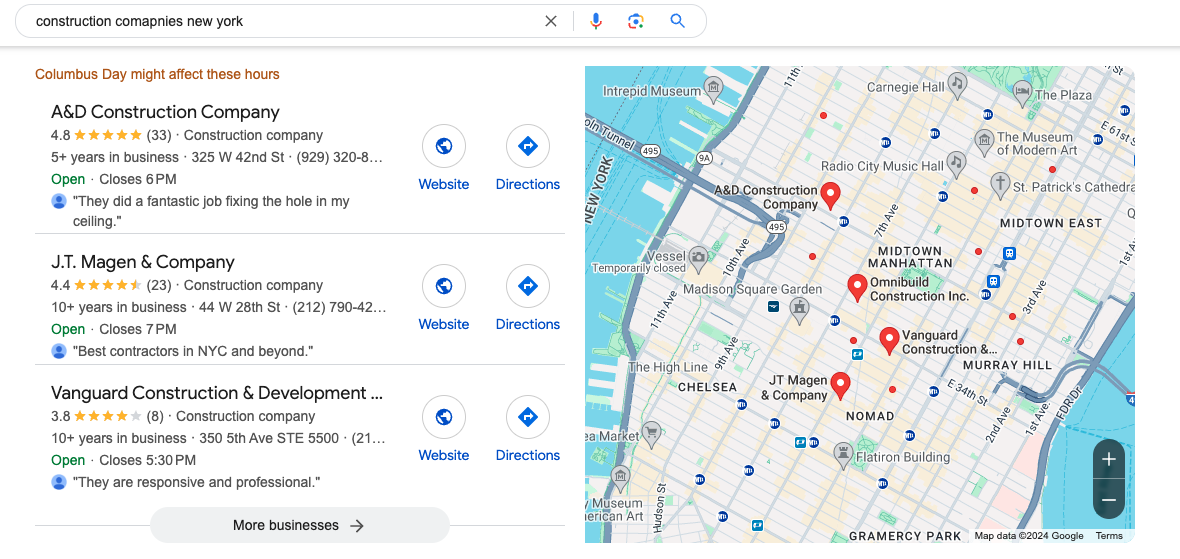
Local SEO For Construction Companies
Local SEO is the practice of optimizing your online presence to attract more business from relevant local searches. It is especially important for service-based businesses, like construction or remodeling companies, that rely on local clientele. The goal of local SEO is to ensure your business ranks prominently for search queries that include location-specific terms, such as “roofing contractor near me” or “kitchen remodeling in [city].”
How Local SEO Ties into Mid-Funnel Content
Mid-funnel content, such as service/location pages, is a key component of local SEO. These pages are designed to capture the attention of users who are in the consideration stage of the sales funnel—those who have identified their needs and are evaluating service providers in their area. To optimize for local SEO, it’s important to create individual service pages for every city or region you serve. For example:
- Create a page titled “Residential Roofing in Maryland” for the state-level audience.
- Then, build specific pages for each service area, such as “Residential Roofing in Annapolis, MD” or “Shingle Repair in Rockville, MD.”
These location-based pages should be optimized with local keywords, including city and service-related terms, and include content that speaks directly to that specific community’s needs. These pages improve your chances of ranking for location-specific queries and signal to search engines exactly where you provide your services.
The Role of Google Business Profile in Local SEO
A crucial element of local SEO is optimizing your Google Business Profile (formerly Google My Business). This free tool allows your business to appear in Google’s Local Pack, Google Maps, and local search results when people search for services you offer in your area. Your profile includes essential information, such as your business name, address, phone number (NAP), services, and reviews, helping local customers find and trust your business.
Here’s how your Google Business Profile ties into local SEO and mid-funnel content:
- Accurate Information: Ensure your NAP details on your Google Business Profile match the information on your website’s service pages. This consistency helps search engines verify the legitimacy of your business.
- Customer Reviews: Encourage satisfied clients to leave positive reviews on your profile. Reviews are a significant ranking factor for local SEO and serve as social proof to potential customers who are considering your services.
- Service Area Listings: Specify the areas you serve on your Google Business Profile. This complements the individual service/location pages on your website and boosts your chances of appearing in local searches for those areas.
By combining optimized mid-funnel content with a well-maintained Google Business Profile, you can dominate local search results and ensure that your business is visible to customers in the areas you serve. This approach enhances your local SEO and improves your chances of converting prospects as they move down the sales funnel.
Technical SEO For Construction Companies
Technical SEO involves optimizing the backend elements of your website to improve its search engine rankings and ensure it runs efficiently. While there are many factors to consider, some of the most important aspects of technical SEO include:
- Optimized H1 Tags: The H1 tag is usually the main heading on a page and should clearly describe the page’s content. Each page should have a unique H1 that includes the primary keyword related to the page’s topic. For example, if your page is for “Roofing in [city]” your H1 should be “Roofing In [city]”. Properly optimized H1s make it easier for search engines to understand the context of your content.
- Title Tags: Title tags are the clickable headlines that appear on search engine results pages (SERPs). They play a key role in rankings and should be concise, include your target keyword, and accurately describe the page’s content. For example, for a kitchen remodeling page, a good title tag might be “Kitchen Remodeling in [City] – Expert Home Renovations”.
- Meta Descriptions: Meta descriptions provide a brief summary of the page’s content and appear under the title tag in SERPs. Although they don’t directly impact rankings, well-written meta descriptions can improve click-through rates. They should include relevant keywords and offer a compelling reason for users to visit your page.
- Optimized URLs: Clean, descriptive URLs are important for both users and search engines. An optimized URL should be short, include keywords, and clearly reflect the page’s content. For example, instead of “www.example.com/page1”, use something like “www.example.com/kitchen-remodeling-baltimore” to make it more user-friendly and SEO-friendly.
These elements—optimized H1s, title tags, meta descriptions, and URLs—help search engines understand what your content is about and make it more likely that your pages will rank higher in search results. They also improve the user experience by making your content more appealing and easier to navigate, which can lead to higher click-through rates and conversions.
How Solid Web Design Affects SEO
Good web design positively impacts SEO by improving both user experience and search engine crawling, which are crucial for higher search rankings. Here are several ways in which strong web design benefits SEO:
Improved User Experience (UX)
When your website is well-designed, users can easily navigate through your content and find what they need. This leads to longer dwell times (the amount of time visitors spend on your site) and lower bounce rates (the percentage of users who leave without interacting). Both of these metrics signal to search engines like Google that your site is valuable and relevant to users, which can boost your rankings.
Mobile-Friendly Design
With mobile devices now accounting for the majority of internet traffic, Google uses mobile-first indexing, meaning it primarily evaluates the mobile version of your site for ranking purposes. A responsive, mobile-optimized design ensures that your site looks and functions well on all devices, which directly impacts SEO performance.
Fast Loading Times
Page speed is a significant ranking factor for SEO. A well-designed website will prioritize fast load times through optimized images, efficient coding, and the use of proper caching. Google rewards faster websites with higher rankings because they offer a better experience for users.
Clear Site Structure and Navigation
A well-structured website with logical, hierarchical navigation makes it easier for both users and search engines to find and index your content. When Google can easily crawl and understand your site’s structure, it’s more likely to rank your pages appropriately. Good web design ensures that important pages, such as service pages or blogs, are no more than a few clicks away from the homepage, enhancing site visibility.
The Importance Of Backlinks For SEO
Backlinks are one of the most important factors in SEO because they signal to search engines like Google that other websites find your content valuable and trustworthy. A backlink is a link from one website to another, and these links act as “votes of confidence” for your website, showing that others vouch for the quality and relevance of your content. Here’s why backlinks are crucial for SEO:
Increased Authority and Trust
Backlinks from reputable, high-authority websites (such as major news outlets or well-established blogs) boost your site’s authority in the eyes of search engines. Google uses a metric called Domain Authority (DA) to evaluate how trustworthy a website is, and backlinks from trusted sources increase your domain authority. Higher authority leads to better rankings for relevant keywords, as search engines view your site as a reliable source of information.
Higher Search Engine Rankings
Search engines consider backlinks a major ranking factor. Websites with more high-quality backlinks tend to rank higher in search results. Essentially, each backlink serves as a vote, and the more votes you receive from authoritative sources, the more likely your website will appear at the top of search engine results pages (SERPs). For example, if multiple websites link to your content about “home additions,” search engines will assume your page is valuable and rank it higher for related searches.
Referral Traffic
Backlinks not only improve SEO but also drive direct referral traffic. When users on another website click on a backlink to your site, they are directed to your content. If these backlinks come from relevant, high-traffic sites in your industry, they can bring highly qualified leads who are more likely to engage with your services. This can lead to more conversions, which indirectly benefits your SEO by improving user engagement metrics.
Faster Indexing by Search Engines
Backlinks help search engines discover new content more quickly. When a search engine crawls a website and encounters a backlink to your site, it follows the link and indexes the content it finds there. This can be particularly beneficial for new websites or fresh content, as backlinks can help them get indexed faster and start ranking sooner.
Builds Industry Relationships and Credibility
Backlinks often come from collaborations, partnerships, or being featured as an expert source in your industry. These relationships can lead to more exposure and further backlink opportunities, while also positioning your business as a thought leader in your niche. This industry credibility not only helps SEO but also increases trust with potential clients who come across your brand.
Dofollow vs. Nofollow Links
Not all backlinks are equal. Dofollow backlinks pass on SEO value (also known as link juice) to your site, helping to boost your rankings. Nofollow backlinks, on the other hand, don’t pass SEO value directly but can still drive referral traffic and increase brand visibility. While dofollow links are more beneficial for rankings, a healthy backlink profile will include a mix of both types to appear natural.
Quality Over Quantity
It’s important to focus on the quality of backlinks rather than just quantity. A few backlinks from highly authoritative websites will have a far greater impact on your SEO than numerous low-quality links from irrelevant or spammy sites. In fact, having too many low-quality backlinks can harm your SEO and lead to penalties from search engines.
Anchor Text Relevance
The anchor text (the clickable text in a hyperlink) of a backlink also matters. Anchor texts that include relevant keywords to the linked content can help search engines better understand what your page is about. However, over-optimizing anchor text with exact match keywords can appear manipulative and result in penalties. A natural mix of branded, generic, and keyword-rich anchor text is ideal.
Takeaway
In today’s competitive market, SEO is crucial for construction companies looking to stand out and drive consistent leads from Google search. By implementing a well-rounded SEO strategy—focusing on local SEO, creating service and location-specific pages, and building backlinks—you can increase your website’s visibility, attract more qualified leads, and ultimately grow your business. Effective SEO helps position your company as an authority in your field, reaching the right audience when they’re actively searching for your services.
At 7ten, we’re here to help you achieve your SEO goals and drive more leads from search engines. Whether you need advice on where to start or how to optimize your existing strategy, we’re happy to guide you in the right direction. Talk to us today about how we can help your construction company rank higher on Google and generate more business from organic search results.
Related Posts
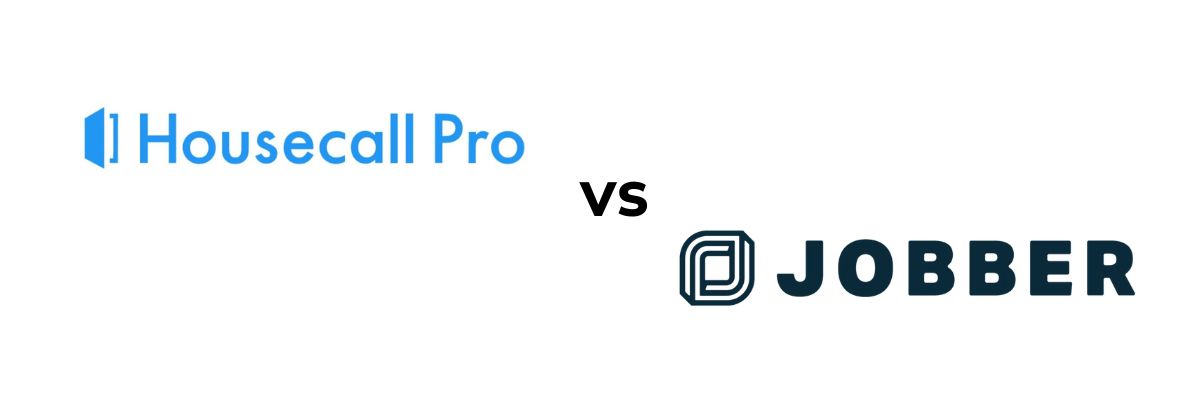
Housecall Pro vs. Jobber: Which Is Right For You?
Learn More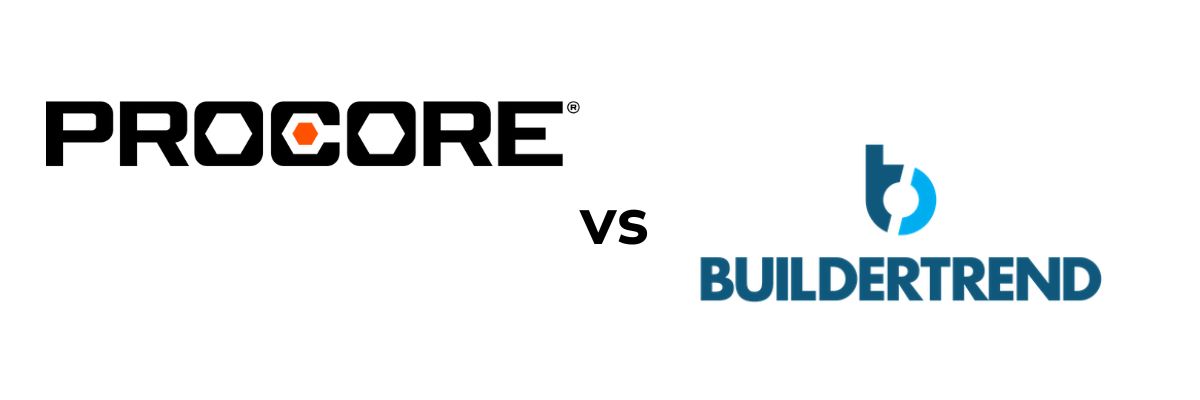
Procore vs. Buildertrend: A Complete Comparison
Learn More